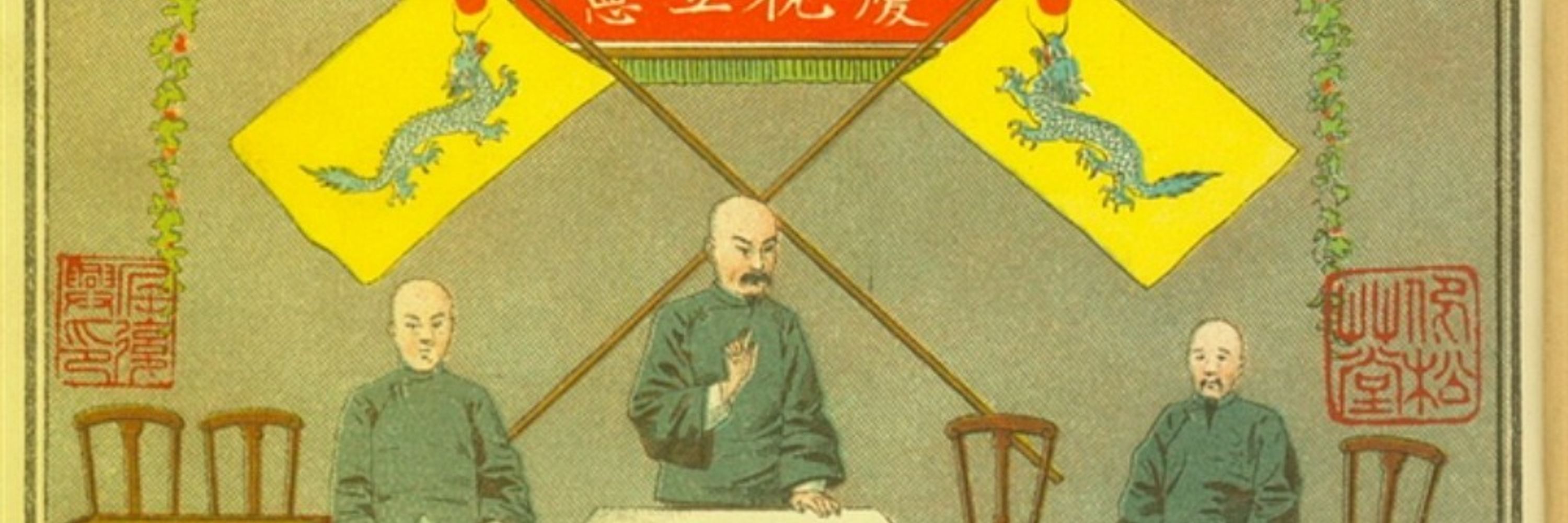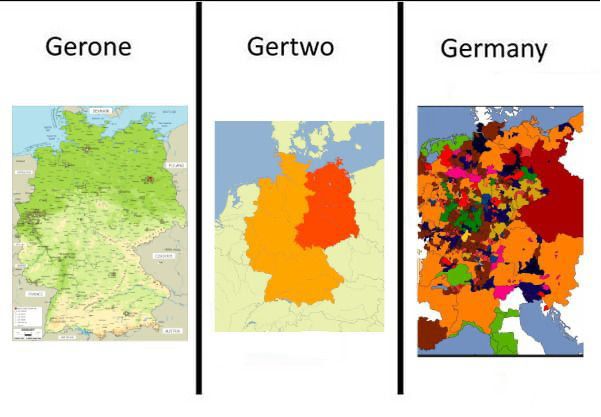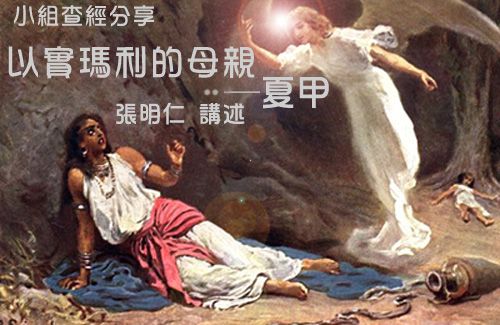Egas Moniz Bandeira ᠡᡤᠠᠰ ᠮᠣᠨᠢᠰ ᠪᠠᠨᡩ᠋ᠠᠶᠢᠷᠠ
@egasmb.bsky.social
6.8K followers
2.3K following
1.1K posts
Intellectual history @SinologieFAU & @mpilhlt.bsky.social 曩昔 @ceao_uam. PhD @tohoku_univ & @UniHeidelberg. 東亞政法史を硏鑽し、言語学についての豆知識を多く呟いとる。'Too much in love with my primary sources.'
Posts
Media
Videos
Starter Packs
Reposted by Egas Moniz Bandeira ᠡᡤᠠᠰ ᠮᠣᠨᠢᠰ ᠪᠠᠨᡩ᠋ᠠᠶᠢᠷᠠ
Reposted by Egas Moniz Bandeira ᠡᡤᠠᠰ ᠮᠣᠨᠢᠰ ᠪᠠᠨᡩ᠋ᠠᠶᠢᠷᠠ
Reposted by Egas Moniz Bandeira ᠡᡤᠠᠰ ᠮᠣᠨᠢᠰ ᠪᠠᠨᡩ᠋ᠠᠶᠢᠷᠠ
Reposted by Egas Moniz Bandeira ᠡᡤᠠᠰ ᠮᠣᠨᠢᠰ ᠪᠠᠨᡩ᠋ᠠᠶᠢᠷᠠ
Reposted by Egas Moniz Bandeira ᠡᡤᠠᠰ ᠮᠣᠨᠢᠰ ᠪᠠᠨᡩ᠋ᠠᠶᠢᠷᠠ
Reposted by Egas Moniz Bandeira ᠡᡤᠠᠰ ᠮᠣᠨᠢᠰ ᠪᠠᠨᡩ᠋ᠠᠶᠢᠷᠠ
Reposted by Egas Moniz Bandeira ᠡᡤᠠᠰ ᠮᠣᠨᠢᠰ ᠪᠠᠨᡩ᠋ᠠᠶᠢᠷᠠ
Reposted by Egas Moniz Bandeira ᠡᡤᠠᠰ ᠮᠣᠨᠢᠰ ᠪᠠᠨᡩ᠋ᠠᠶᠢᠷᠠ
Caffeine
@cffn.bsky.social
· 12d

Netanyahu tells UN that Israel ‘must finish the job’ in Gaza after dozens of delegates walk out in protest - Middle East crisis live
Israeli PM rebuked Western nations for embracing Palestinian statehood after scores of delegates left the hall in protest
www.theguardian.com









![教育部台語常用辭典
敨氣 tháu-khuì
釋義:[動詞]情緒得以發洩。
https://sutian.moe.edu.tw/zh-hant/su/8446/](https://cdn.bsky.app/img/feed_thumbnail/plain/did:plc:tm2ojwvllw4vclsyq2752xd4/bafkreigjrjb4w65jthxtfszyqgke6liajv7pkfmlqnpxwej6q6nzowvgmm@jpeg)








